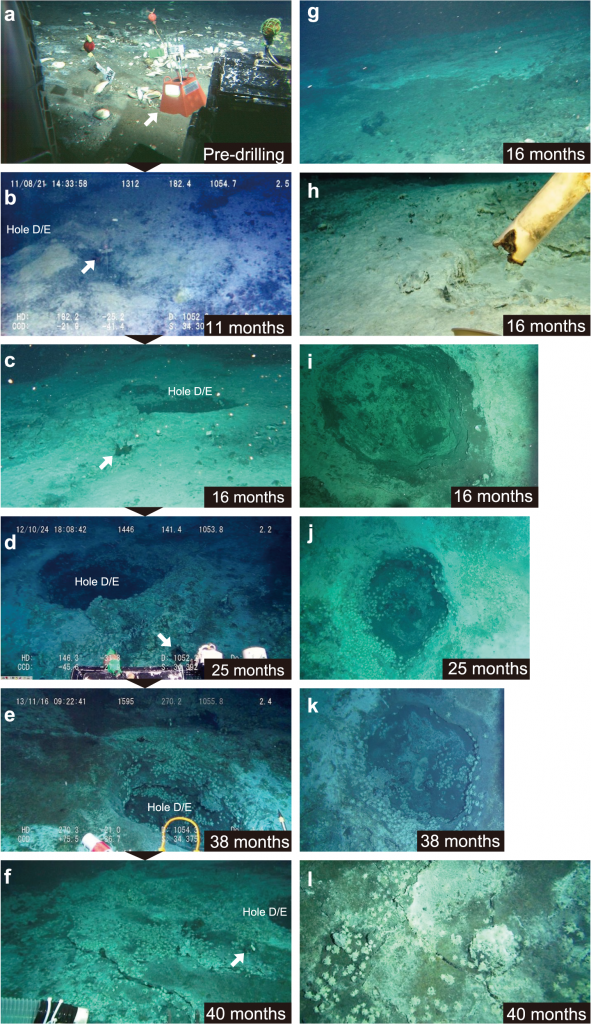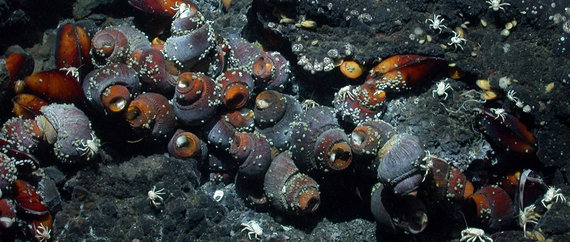On January 1, 2016, the Southern Fried Science central server began uploading blog posts apparently circa 2041. Due to a related corruption of the contemporary database, we are, at this time, unable to remove these Field Notes from the Future or prevent the uploading of additional posts. Please enjoy this glimpse into the ocean future while we attempt to rectify the situation.
Diversity is resilience.
Or so deep-sea mining newcomer Aronnax Environmental wants you to believe. Arronax will be the first new novel-compound biomining operation to make the dive in almost a decade. The high cost of entry and the onerous permitting process has made competition in the high seas practically non-existent for the big six.
Aronnax enters the game as the “sustainable alternative to destructive biomining”. They claim that their proprietary process is kinder to the seafloor and allows recruitment and recovery following each pass of the mining tool–which they call a swath. The machine itself is a sifter, rather than a dozer, which allows for the collection of environmental DNA while minimizing disturbance to the seafloor. Sifter technology is, in theory, designed to maximize biotic retention, protecting local biodiversity while still achieving 95% comprehensive sampling.
At least, that’s what Aronnax hopes.
Read More “The environmental impact of biomining the deep sea.” »

